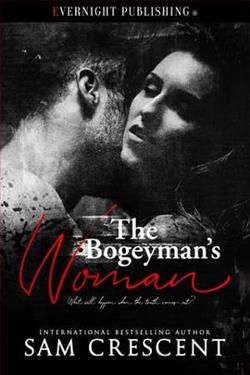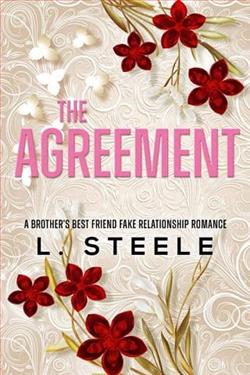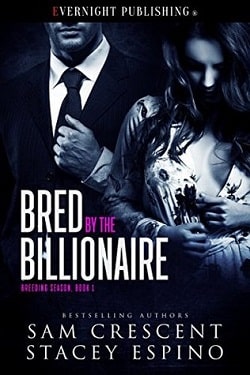Page 6 of Going Home in the Dark
“In the living room of my son’s house, there hangs an immense painting that you ... executed. Do you know to what I refer?”
“Yes, Mrs. Hernishen.”
“Although it is a colorful fabrication, I am at a loss to understand why Ernest, the product of my own loins, would have purchased such a thing.”
“Oh, he didn’t,” Spencer said. “It was a gift from me to him.”
“Ah. I am much relieved to hear that. However, my primary question is not in regard to my son’s inexplicable taste.”
“What is it in regard to, ma’am?”
“Those objects or entities that are the subject of that ... that creation of yours. What are they?”
“Well, they are what they are.”
“And what is that exactly?”
“I prefer if each person who studies the painting makes that determination for himself or herself.”
“That’s what you prefer, is it?”
“Yes, ma’am.”
“Those objects or entities, whatever they are—I find them to be deeply disturbing.”
“Okay,” said Spencer.
“Disturbing and even at times disgusting, repulsive.”
“Thanks for letting me know.”
“You said ‘each person who studies the painting.’ Are there really people who study your works?”
“Yes. A few. A number. I don’t keep a list of names.”
“What kind of people are they, Spencer?”
“What kind? All kinds. All ages, races, creeds.”
“Is that so? You’re sure that those who study—actuallystudy—your paintings are not reliably peculiar in the same way?”
“No, ma’am. I mean, yes. Yes, I’m sure. No, they’re not all of the same peculiar type.”
“Astonishing. May I ask you one more question, Spencer?”
“Why not?”
“What do you do for a living?”
“For a living? I paint.”
“Houses? Industrial buildings? Highway bridges?”
“Art. I paint art.”
“Is that the word you append to such works as the one in my son’s living room?”
“Yes, ma’am. I don’t know what else to call it.”















